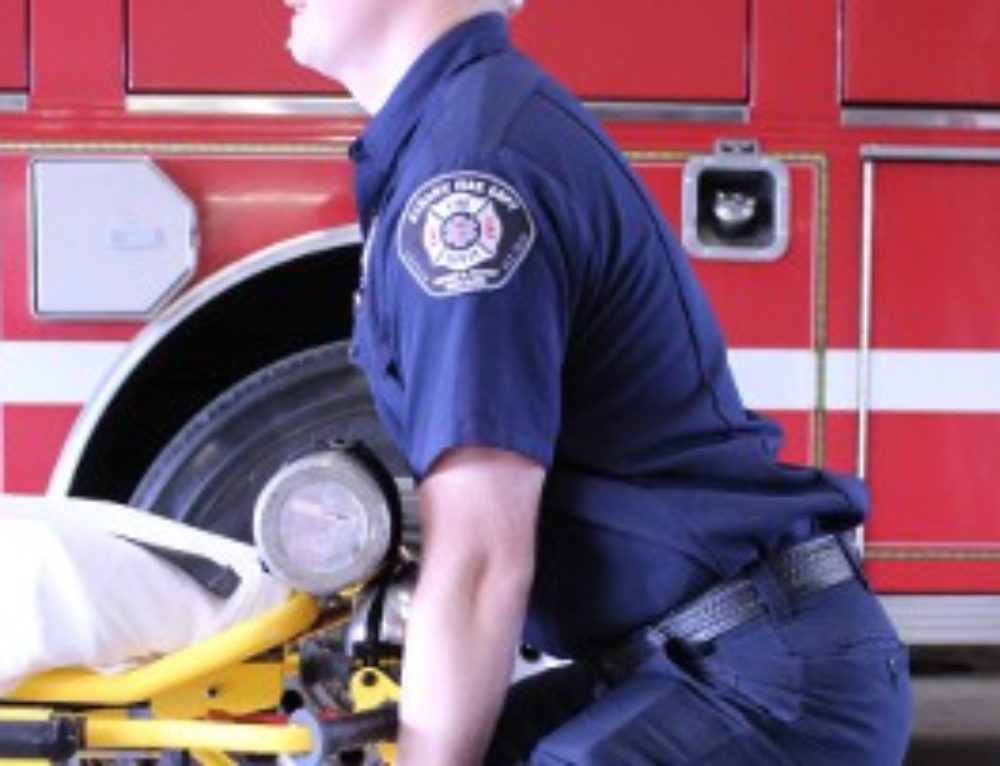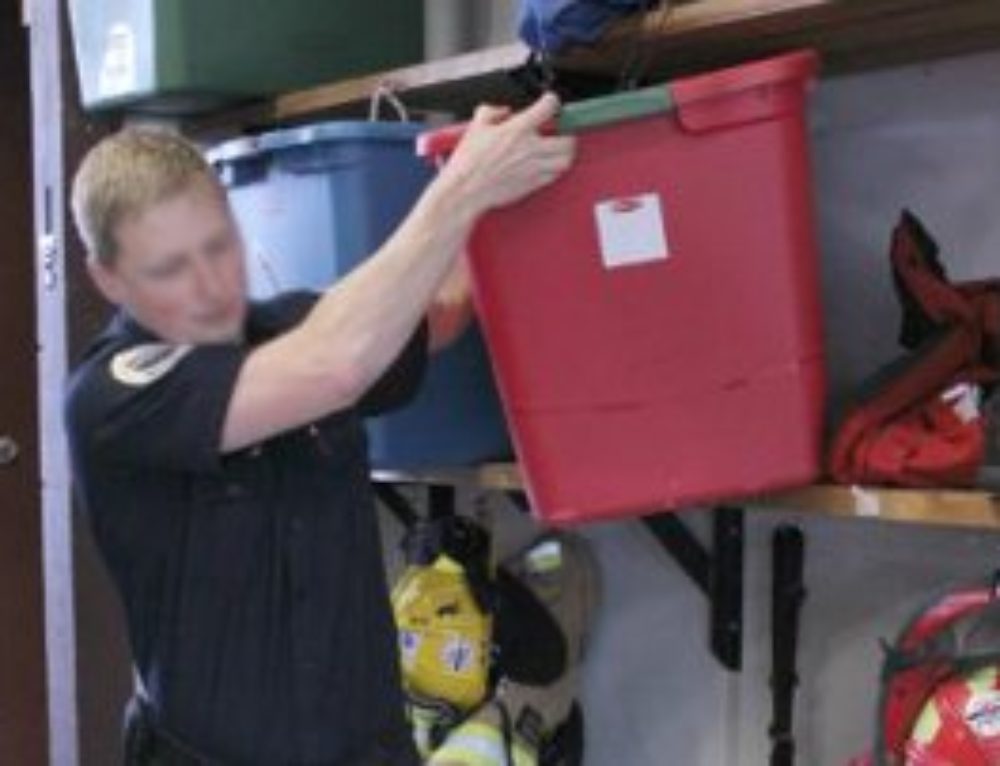Last week I clear ed up the confusion about the difference between a firefighter physical abilities test, a fitness test and a physical, and why firefighters need/can benefit from all three of these things. If you missed it, click here.
ed up the confusion about the difference between a firefighter physical abilities test, a fitness test and a physical, and why firefighters need/can benefit from all three of these things. If you missed it, click here.
This week we’re talking about what a good wellness program includes and how to meet the NFPA standard.
Now that you know the what and why of the three assessments available to help firefighters live long, healthy lives, let’s list the elements of a comprehensive firefighter Wellness program.
What your FD Wellness program should have: How to meet the NFPA 1583 standard for fire department health and fitness programs
Yearly:
a physical abilities test
a fitness test
a medical physical
Ongoing:
Opportunity and incentive to exercise
Firefighter-specific health education (more below)
The proper elements of a medical physical are outlined in NFPA 1582. If you have everything in the list above you are on your way to meeting the NFPA 1583 standard.
To comply with NFPA 1583, you should have these components:
1. Assignment of a qualified health and fitness coordinator
2. Periodic fitness assessment for all members
3. An exercise training program that is available to all members
4. Education and counseling regarding health promotion for all members
5. Process for collecting and maintaining health-related fitness program data
Component #3 – “an exercise training program”
This could be as simple as providing workout equipment at the fire station with dedicated workout time, or access to a local workout facility.
Component #4 “education regarding health promotion”
This appears to be the most difficult for fire departments to provide. Firefighters have unique health needs, so the education must be firefighter-specific, and boring brochures aren’t going to motivate anyone to get healthier.
Because of this need, I developed a series of video wellness classes that any fire department can access online. I’ve used my doctorate in Exercise Science and Nutrition, and my expertise in firefighter health, to teach firefighters all they need to know about the 5 topics that affect their health the most- nutrition, weight loss, exercise, heart health and back health – so they can avoid injury, disease and heart attack.
Component #3 is absolutely crucial because living a healthy lifestyle takes some know-how – it’s not all common sense! Firefighters need practical, science-based education that they can easily incorporate into their daily lives, and is geared directly toward firefighters and their families.
Whether you get that education from me or elsewhere, doing so will teach your firefighters how to go from injury prone, inactive and overweight to motivated, happy people who perform their jobs well. Click here to learn more about the Fire Department FitCulture program.
Funding
To help you justify funding for your wellness program, I have compiled a review of many recent scientific studies that illustrate a major return on investment for fire departments implementing wellness programs.To download the pdf click here.
If you’re not on my list to get more health tips like these, enter your name and email below.




